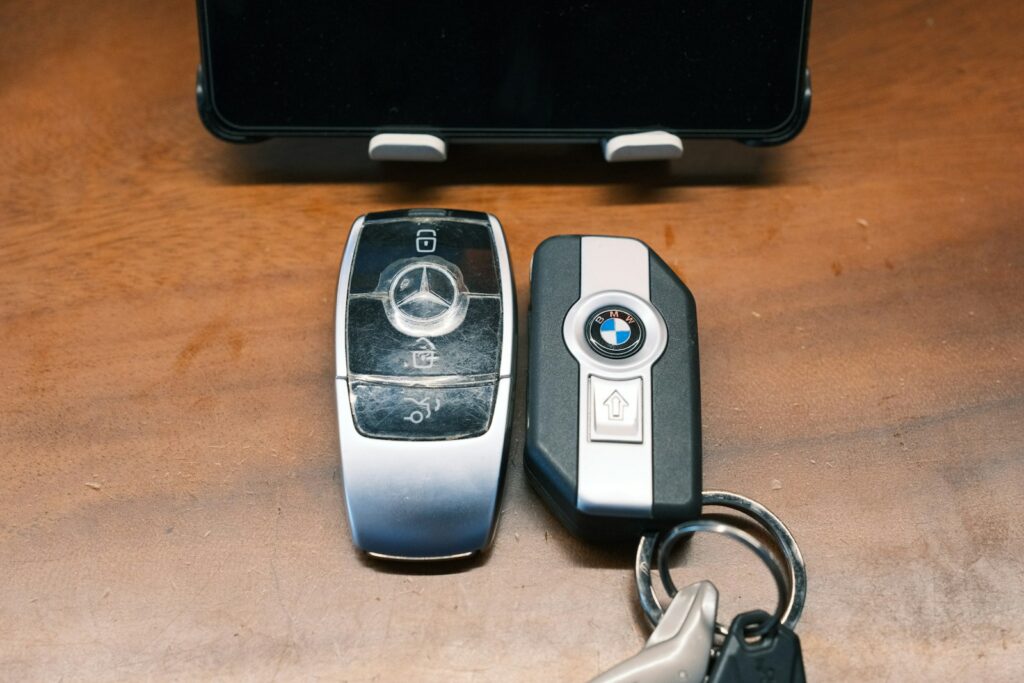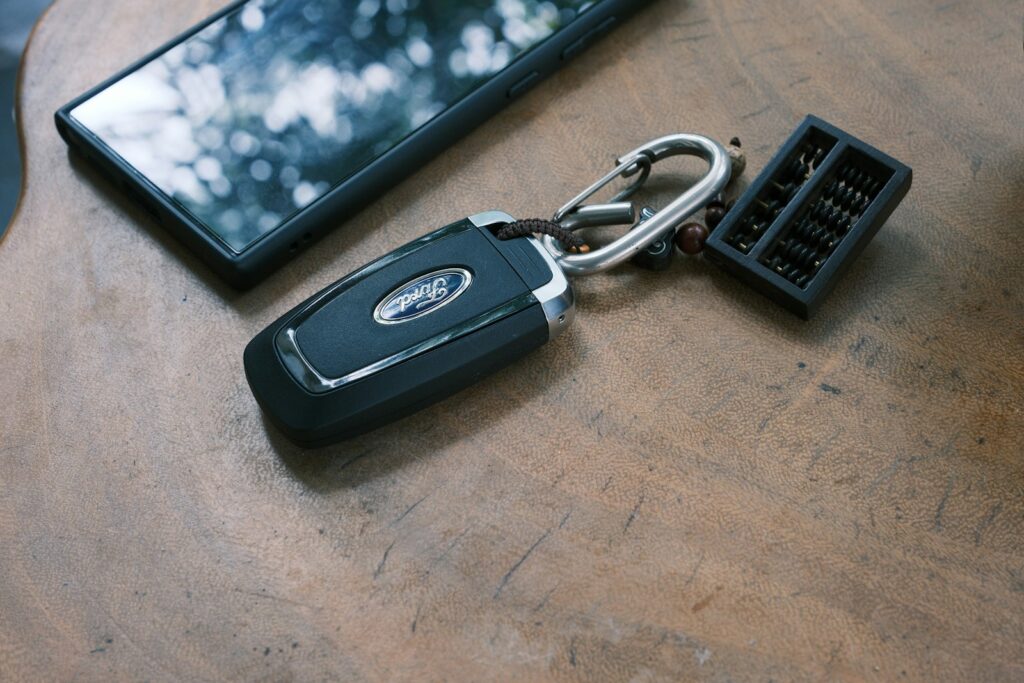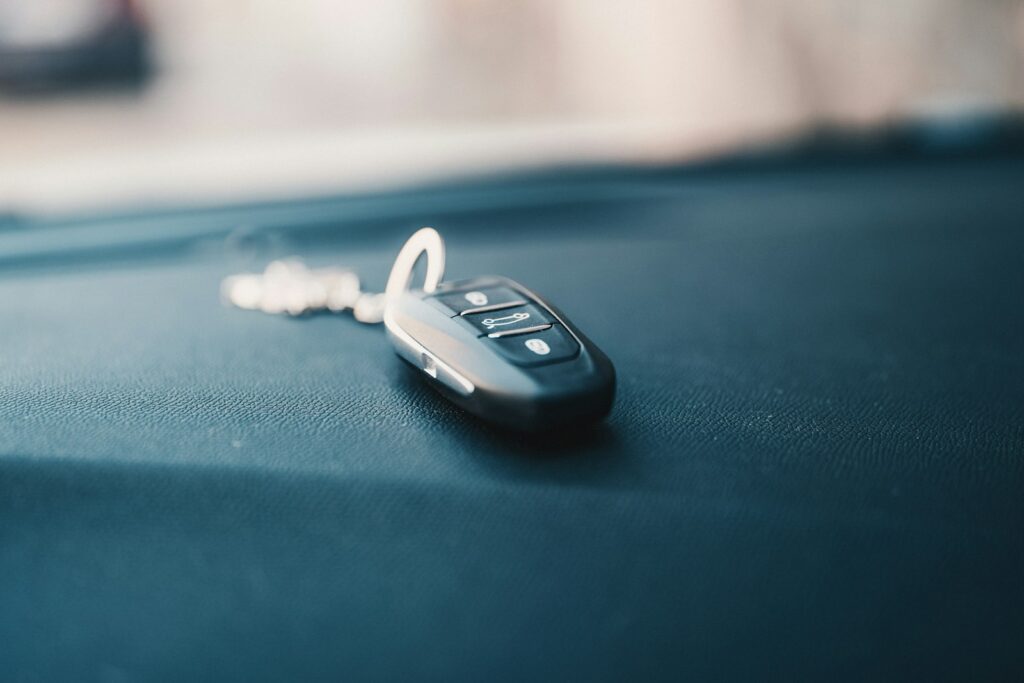
In the modern automotive landscape, few devices encapsulate convenience and security quite like your car’s digital key fob. This small, often overlooked gadget is far more than a simple remote; it’s a critical component of your vehicle’s intricate system, granting access, starting the engine, and safeguarding your investment with remarkable efficiency. Yet, like any sophisticated piece of technology, its performance and longevity are not guaranteed without proper care and understanding.
The frustration of a malfunctioning or unresponsive key fob is a scenario many drivers have encountered—a moment that quickly transforms seamless access into a perplexing lockout. From unexpected battery depletion to physical damage or signal interference, these common issues highlight the pressing need for proactive maintenance. By adopting a few straightforward practices, you can significantly extend the lifespan of your key fob, ensuring it remains a reliable partner in your daily travels and preventing those inconvenient, costly surprises.
This guide delves into the practical secrets gleaned from automotive experts, designed to equip you with the knowledge needed to maintain your key fob in peak condition. We’ll explore everything from its core functionalities to essential preventative measures, empowering you to keep your car’s digital gateway functioning smoothly for years to come.
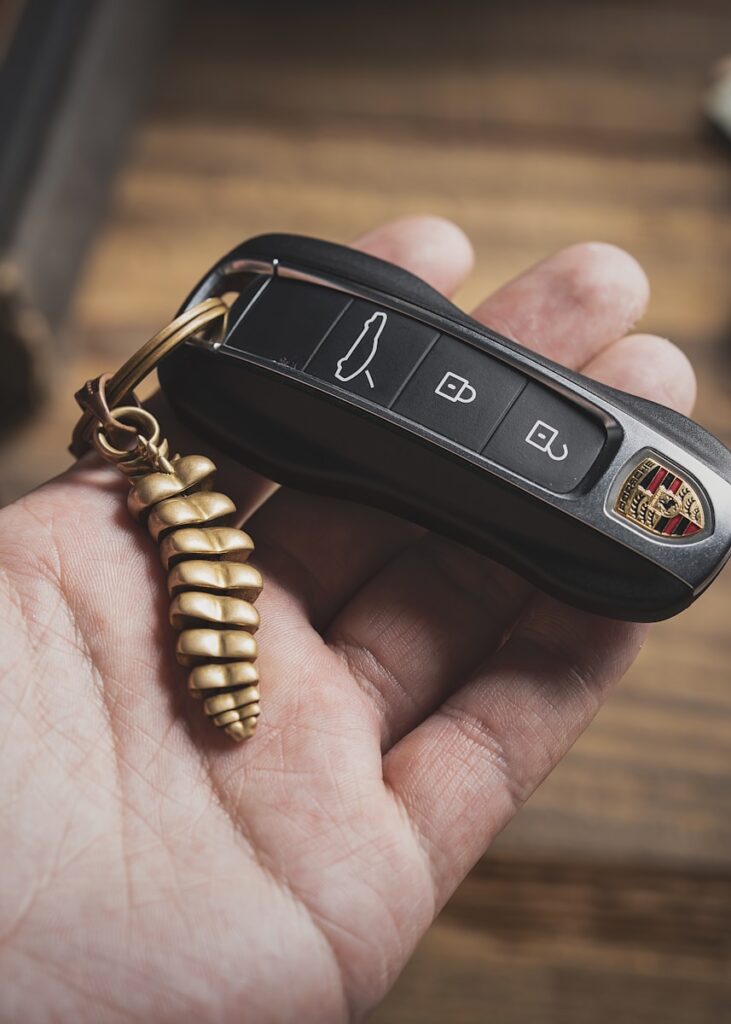
1. **Understanding Your Key Fob’s Vital Role**Before diving into maintenance, it’s crucial to grasp just how indispensable your car key fob truly is. It’s not merely a button-pusher; it’s a sophisticated communication device that acts as a secure bridge between you and your vehicle. Utilizing advanced technologies like Radio Frequency Identification (RFID) or Bluetooth, the fob sends encrypted signals to your car, enabling a host of essential functions with a touch. This seamless interaction is central to modern driving convenience, allowing you to lock or unlock doors, open the trunk, and even remotely start your engine, especially useful during extreme weather conditions to pre-condition your car’s interior.
Beyond convenience, the key fob plays a formidable role in your vehicle’s security architecture. It’s deeply integrated with immobilizer systems that prevent unauthorized access and theft, making your car significantly less vulnerable to criminals. According to a report by the National Insurance Crime Bureau (NICB), vehicles equipped with keyless entry systems are notably less likely to be stolen compared to those relying solely on traditional keys. This enhanced security is often bolstered by rolling codes, a clever feature where the fob’s signal changes with every use, effectively thwarting attempts by hackers to intercept and duplicate the signal for illicit entry.
Furthermore, some key fobs are equipped with safety features that extend beyond vehicle access. The inclusion of a panic button offers an immediate means to alert others in emergencies, adding another layer of personal safety. Given these multifaceted roles—from convenience and security to potential emergency assistance—it becomes unequivocally clear why maintaining a fully functional key fob is paramount. Its failure can compromise not only your access to the vehicle but also its security and your peace of mind.
The continuous evolution of key fob technology underscores its growing importance in automotive design. These devices are meticulously engineered to be reliable, but their intricate internal components are susceptible to wear and tear. Therefore, recognizing their critical nature is the first step toward committing to the diligent care that will ensure their enduring performance, protecting both your investment and your daily mobility.
Read more about: Key Fob Lifeline: Your Ultimate Guide to Battery Life, Warning Signs, and Troubleshooting
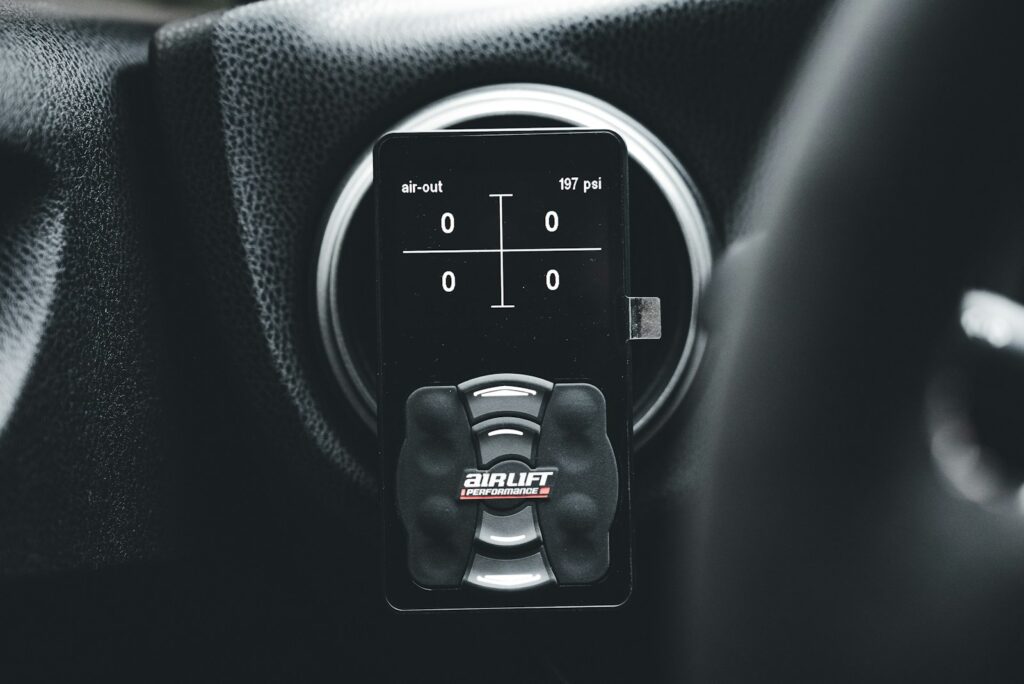
2. **The Crucial Art of Timely Battery Replacement**One of the most frequent culprits behind a malfunctioning key fob is a depleted battery. Since these devices rely on a small, internal power source to transmit signals to your car, a weak or dead battery can quickly render your fob useless. Ignoring the subtle signs of a dying battery can leave you stranded, emphasizing why timely replacement is not just a suggestion but a critical aspect of key fob maintenance. Most key fob batteries are designed to last between two to three years, though usage patterns and environmental factors can cause this range to vary. Some sources suggest a lifespan of 3 to 5 years, highlighting the importance of personal observation.
Recognizing the symptoms of a low battery is key to proactive replacement. Common indicators include a reduced signal range, where you find yourself needing to be much closer to your vehicle for the fob to respond. You might also notice a delayed or inconsistent response when pressing buttons, or even the necessity to press them multiple times for the desired action to occur. For certain modern car models, a warning light on your dashboard might illuminate, explicitly alerting you to a “Key Fob Battery Low” status. These signals are your cue that it’s time for a fresh battery, preventing a complete, unexpected failure.
Replacing a key fob battery is often a surprisingly simple DIY task, typically involving a small screwdriver to open the casing and a common coin-cell battery (like a CR2032 or CR2025). Many vehicle owner’s manuals provide clear, step-by-step instructions for this process. However, if you’re unsure or uncomfortable performing the replacement yourself, professional assistance is readily available from locksmiths or dealerships. Opting for a high-quality replacement battery can also contribute to a longer lifespan and more consistent performance, ensuring your key fob remains a reliable interface for your vehicle for the foreseeable future.
Beyond the convenience of unlocking your car, a fresh battery ensures that advanced security features like rolling codes function without interruption, maintaining your vehicle’s protection against sophisticated theft methods. Proactively replacing the battery when symptoms emerge, rather than waiting for complete failure, is a small effort that yields significant returns in terms of reliability, security, and peace of mind.
Read more about: Navigating EV Battery Warranties: A Comprehensive Guide to Longest Coverage for Peace of Mind
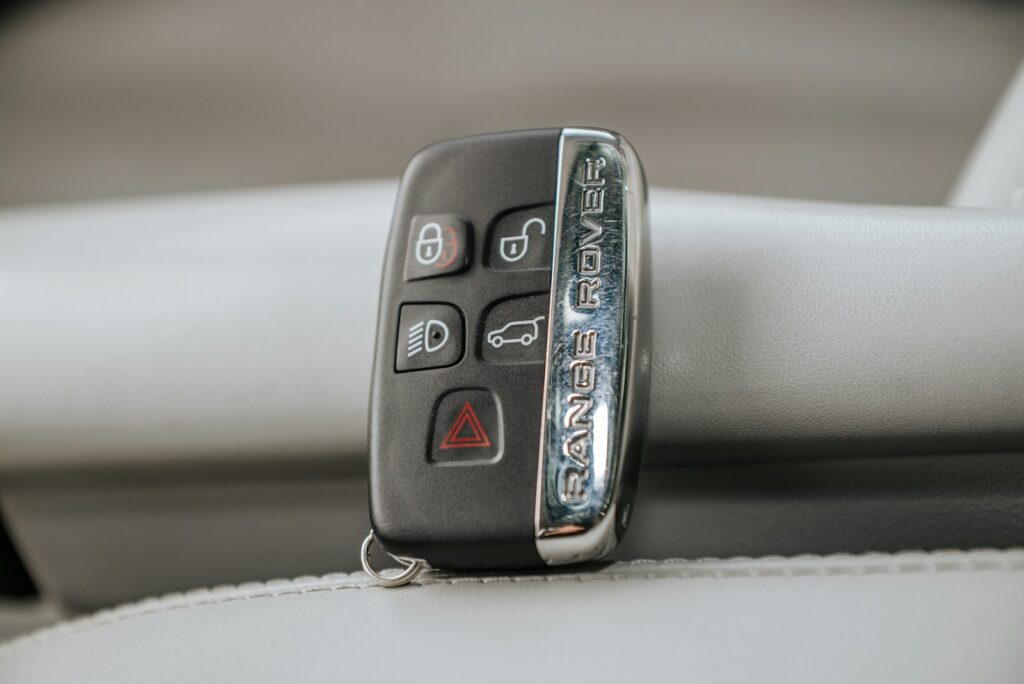
3. **Guarding Against Water Damage**Water damage stands as one of the most common and devastating threats to a car key fob’s functionality. These seemingly robust devices house delicate electronic components and circuit boards that are highly susceptible to moisture. Even a small amount of liquid infiltration can lead to internal corrosion, short circuits, or complete system failure, rendering your key fob utterly useless. The intricate nature of these electronics means that prevention is significantly easier and less costly than attempting a repair after the damage has occurred.
To effectively safeguard your key fob from the perils of moisture, conscious habits are paramount. Always make it a point to keep your key fob in a dry environment, far removed from potential spills, rain, or humid conditions. A common pitfall is forgetting the fob in a pocket that ends up in the washing machine; a brief cycle in laundry can be instantly catastrophic for its internal circuitry. Being mindful of where you place your keys—avoiding countertops near sinks, leaving them exposed in an open car window during a downpour, or dropping them into puddles—is crucial.
For an added layer of protection, consider investing in a waterproof key fob cover or case. These accessories are designed to create a physical barrier against water ingress, offering peace of mind, especially if you lead an active lifestyle or frequently find yourself in environments where moisture is a risk. Should the unfortunate event occur and your key fob gets wet, immediate action is vital. First, promptly remove the battery to prevent further electrical damage or corrosion. Then, allow the fob to dry completely, ideally by placing it in a bag with silica gel packets or uncooked rice, which are effective at absorbing moisture.
While these rapid response measures can sometimes save a wet fob, there’s no guarantee of full recovery. Often, significant water damage necessitates a full car key replacement, which can be an unexpected and considerable expense. By cultivating diligent habits and utilizing protective measures, you can dramatically reduce the risk of water-related failure, thereby extending your key fob’s life and maintaining seamless access to your vehicle.
Read more about: Your Ultimate Guide: 12 Essential Strategies to Shield Your Car’s Interior from Sun Damage and Summer Heat
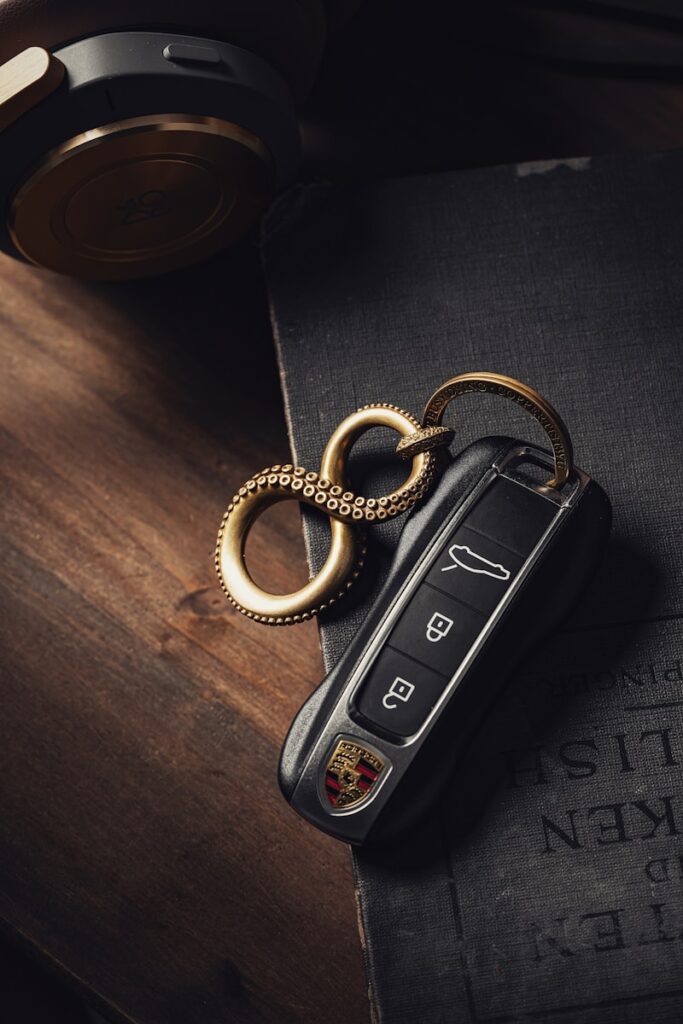
4. **Shielding from Temperature Extremes**Just as water poses a significant threat, extreme temperatures, both hot and cold, can severely impact the performance and longevity of your car key fob. These devices contain sensitive internal batteries and circuit boards that are not designed to withstand prolonged exposure to harsh thermal conditions. Understanding how temperature extremes can inflict damage is essential for implementing effective protective measures, ensuring your fob remains reliable regardless of the climate.
Excessive heat is particularly detrimental. Leaving your key fob inside a hot car, especially on the dashboard or seats where temperatures can skyrocket, is a recipe for accelerated battery drain and potential component failure. High temperatures can cause the internal battery to lose its charge faster, degrade its chemical composition, and even lead to physical swelling or leakage. Beyond the battery, the heat can warp the plastic casing of the fob, compromise the integrity of soldered connections on the circuit board, and reduce the overall lifespan of its electronic components. This often manifests as erratic behavior or complete unresponsiveness.
Conversely, extreme cold also presents a distinct set of challenges. Freezing temperatures can significantly reduce battery efficiency, leading to sluggish responses or outright failure. The cold can also contribute to condensation buildup inside the fob, a silent killer that introduces moisture into the delicate electronics, leading to corrosion and short-circuiting over time. This makes it crucial to protect your fob during winter months, especially if you live in a region prone to severe frosts.
To mitigate these temperature-related risks, cultivate habits that keep your key fob in a moderate environment. Avoid leaving it in direct sunlight for extended periods, such as on a windowsill or sun-drenched console. During winter, if you must carry your key fob outside in freezing conditions, try to keep it in a pocket close to your body. Your body heat will help maintain a more stable, warmer temperature for the device, shielding it from the most severe cold. A protective case, as discussed in the next point, can also offer a minor insulating layer against sudden temperature fluctuations, further safeguarding its sensitive internal workings.
Read more about: Beyond the Leash: 12 Essential Lifehacker Tips for a Stress-Free Pet Travel Experience
5. **The Unsung Hero: Utilizing a Protective Case**Among the simplest yet most effective strategies for extending the life of your car key fob is the adoption of a high-quality protective case. This seemingly minor accessory acts as a robust shield, safeguarding your essential device from the myriad of daily hazards that can lead to premature failure. Key fobs, often constructed from durable plastics, are not impervious to physical impact, and repeated drops or rough handling can easily lead to cracks in the casing or dislodged internal components, thereby compromising their functionality.
A well-designed protective case serves as a crucial buffer against these physical shocks. Made from materials like silicone, rubber, or reinforced plastics, these cases are engineered to absorb impact, significantly minimizing the chances of damage if your fob is accidentally dropped. This cushioning effect helps to keep the delicate internal circuitry intact, preventing the common issues of unresponsiveness or intermittent functionality that often arise from physical trauma. Investing in such a case is a small upfront cost that can save you considerably in potential repair or replacement expenses down the line.
Beyond physical protection, a good case also offers a vital barrier against environmental contaminants. Dust, dirt, grime, and even minor spills can accumulate in the crevices and around the buttons of your key fob, potentially interfering with its electronic functions. A protective cover seals off these vulnerable areas, preventing debris from entering and ensuring that the buttons remain responsive and the internal components clean. Some advanced cases even boast waterproof or water-resistant properties, providing an extra layer of defense against accidental splashes or light rain, which, as previously discussed, can be highly detrimental to the fob’s sensitive electronics.
Furthermore, protective cases can play an important role in preserving battery life. Many car owners experience issues with their vehicles unintentionally unlocking or even starting due to buttons being pressed inadvertently while the fob is in a pocket or bag. A case with a structured design or reinforced button areas can effectively prevent these accidental presses, reducing unnecessary battery drain and allowing the fob to function efficiently for a longer duration. By embracing the simple, yet profound, benefit of a protective case, you actively contribute to your key fob’s longevity, ensuring reliable access to your vehicle and protecting your convenience.
Read more about: Unlock Crystal Clarity: Car Expert Reveals Unbelievable Hacks for Fog-Free Windows – No Wiping, No AC Blasting Required!
6. **Avoiding Dropping or Mishandling Your Key Fob**Your car key fob, despite its sturdy appearance, contains delicate electronics vulnerable to physical trauma. A single drop can dislodge connections, crack its casing, or damage the circuit board, leading to unresponsiveness or erratic behavior. Understanding this vulnerability is key to maintaining a dependable device.
Preventing damage requires mindful habits. Secure your fob with a sturdy keychain or lanyard to reduce accidental drops. Store it in a designated, secure spot away from precarious edges. While a protective case adds cushioning, careful handling is your best defense.
Excessive pressure also causes damage. Sitting on your key fob or placing heavy objects on it stresses internal mechanisms. This can cause stuck buttons, unresponsiveness, or circuit board damage. Be mindful of its placement to prevent such issues.
If your fob sustains significant physical damage, avoid DIY repairs which can worsen issues. Instead, seek professional assistance. Auto locksmiths can diagnose damage and advise on repair, reprogramming, or replacement, offering cost-effective and reliable solutions. Proactive care prevents these costly interventions.
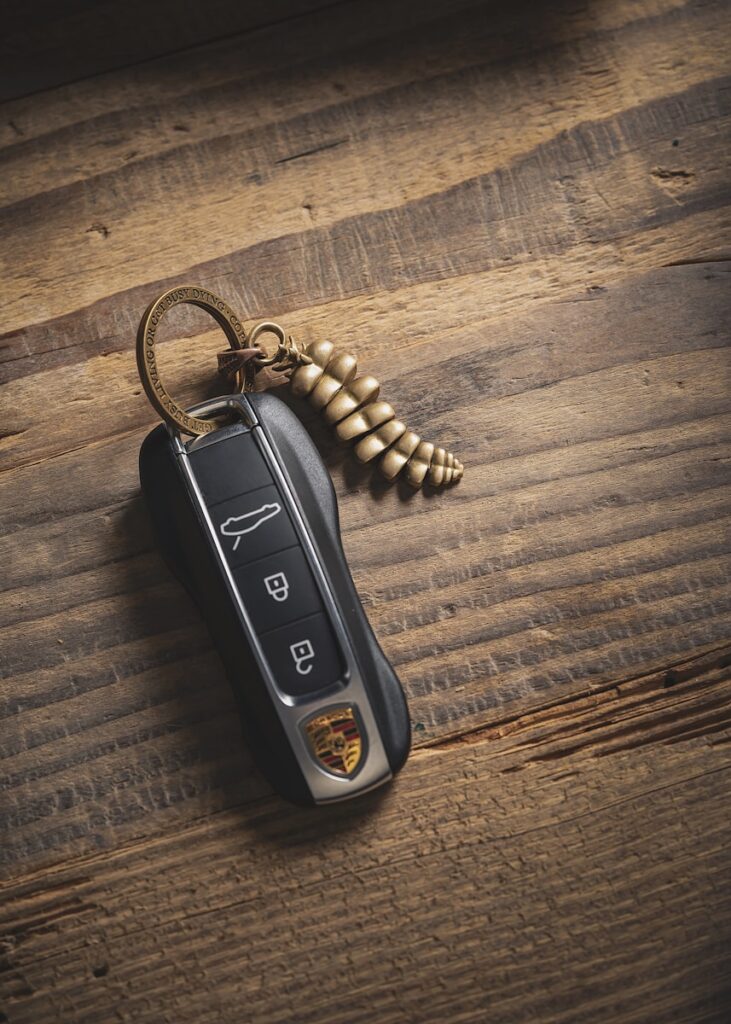
7. **Storing Your Key Fob in a Safe Place**Beyond careful handling, where you store your car key fob significantly impacts its lifespan and security. Many drivers neglect secure storage, exposing their device to damage or security risks. An ideal spot is a designated, dry area at home, away from direct sunlight and extreme temperatures. This protects internal circuits and ensures consistent performance.
Safe storage also shields your fob from electronic interference and unauthorized access. Modern key fobs emit radio frequency signals, making them targets for signal interception. A signal-blocking pouch or Faraday bag effectively blocks these external signals, thwarting hackers, especially for vehicles parked in unsecured areas.
Additionally, keep your key fob away from other electronic devices like phones or Wi-Fi routers. Their signals can interfere with fob communication, causing connectivity issues or draining its battery. A dedicated storage box can keep your fob isolated, maintaining signal integrity.
If you have multiple vehicles or a spare key fob, store them separately to prevent accidental activation or signal confusion. Never leave a spare fob inside your car; it’s a major security risk. Securely storing your spare at home provides a vital backup, safeguarding your investment and peace of mind.
Read more about: Unlock Top-Tier Healthcare: Your Actionable Guide to Finding the Right Doctor or Specialist in Under a Week
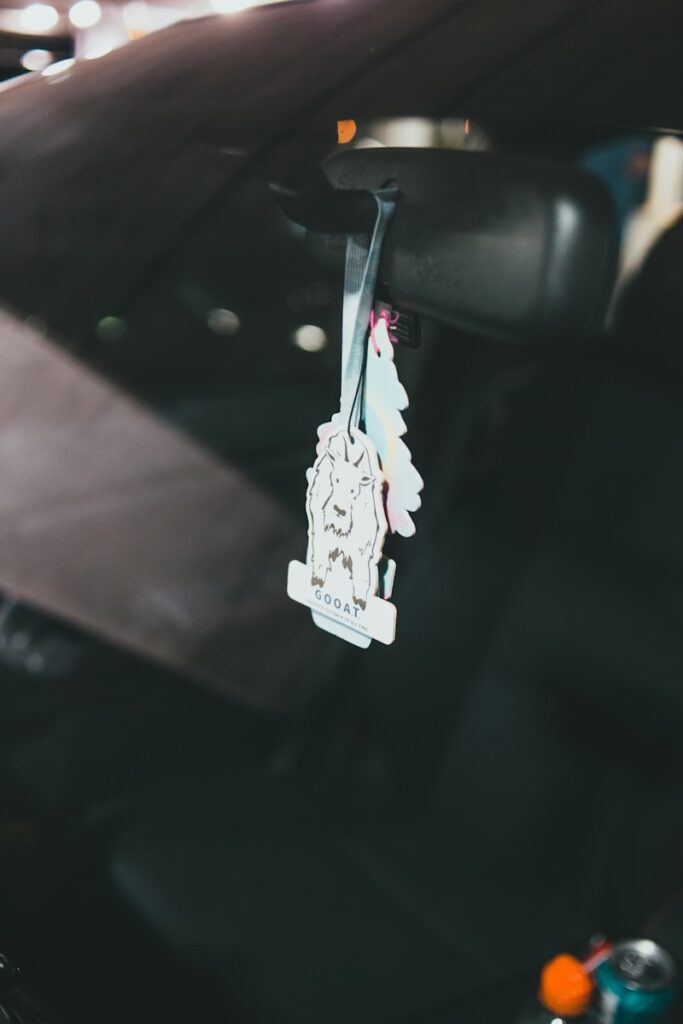
8. **Keeping Your Key Fob Clean and Dust-Free**Key fob cleanliness is often overlooked but crucial. Daily handling exposes your fob to dirt, dust, grime, and skin oils. These particles can infiltrate button crevices and internal components, causing buttons to stick, become unresponsive, or create internal shorts. Regular cleaning is a simple yet effective way to prevent these issues and maintain reliability.
Cleaning your fob is straightforward. Start with a soft, dry microfiber cloth for exterior dirt. For stubborn grime, use a slightly damp cloth with mild soap, avoiding excessive moisture. A cotton swab with isopropyl alcohol cleans around buttons and crevices, removing dirt and oils. Compressed air dislodges dust from hard-to-reach areas safely.
Beyond regular cleaning, preventive measures reduce dirt buildup. A protective case shields against physical impact and acts as a barrier to dust and grime. Keeping your fob in a dedicated pocket or pouch, rather than loosely in a bag, minimizes exposure to contaminants, leading to a cleaner, more functional device.
If, despite cleaning, your fob remains unresponsive or intermittent, the issue likely goes beyond surface dirt. Persistent problems could indicate internal damage, a dying battery, or a programming error. In these cases, cleaning won’t suffice; professional car key replacement or expert diagnosis for underlying electronic issues is necessary to avoid lockouts.

9. **Reprogramming Your Key Fob When Necessary**Car key fobs rely on precise electronic communication, but these connections aren’t infallible. Over time, or due to battery replacement, system resets, or malfunctions, your fob may lose its programming link. When synchronization breaks, the fob becomes unresponsive. Understanding when and how to reprogram is vital for seamless vehicle access.
For many vehicles, basic reprogramming is a straightforward DIY task. Your owner’s manual often provides clear, step-by-step instructions, typically involving a specific ignition sequence and button presses. This re-establishes communication. Always refer to your specific manual, as sequences vary greatly between models.
However, not all fobs allow DIY reprogramming. Some advanced systems require specialized diagnostic tools available only to professional locksmiths or dealership technicians. If DIY attempts fail or aren’t an option, professional assistance is needed. Forcing the process or using incorrect methods can damage your vehicle’s security system.
Professional locksmiths and dealerships have the equipment and expertise to diagnose and securely reprogram your key fob. They ensure correct syncing, maintaining vehicle security. For complex issues, such as those stemming from the Body Control Module (BCM), specialized BCM cloning and programming services might be needed to restore full functionality. Timely reprogramming extends your key fob’s life and prevents inconveniences.
Read more about: Key Fob Lifeline: Your Ultimate Guide to Battery Life, Warning Signs, and Troubleshooting
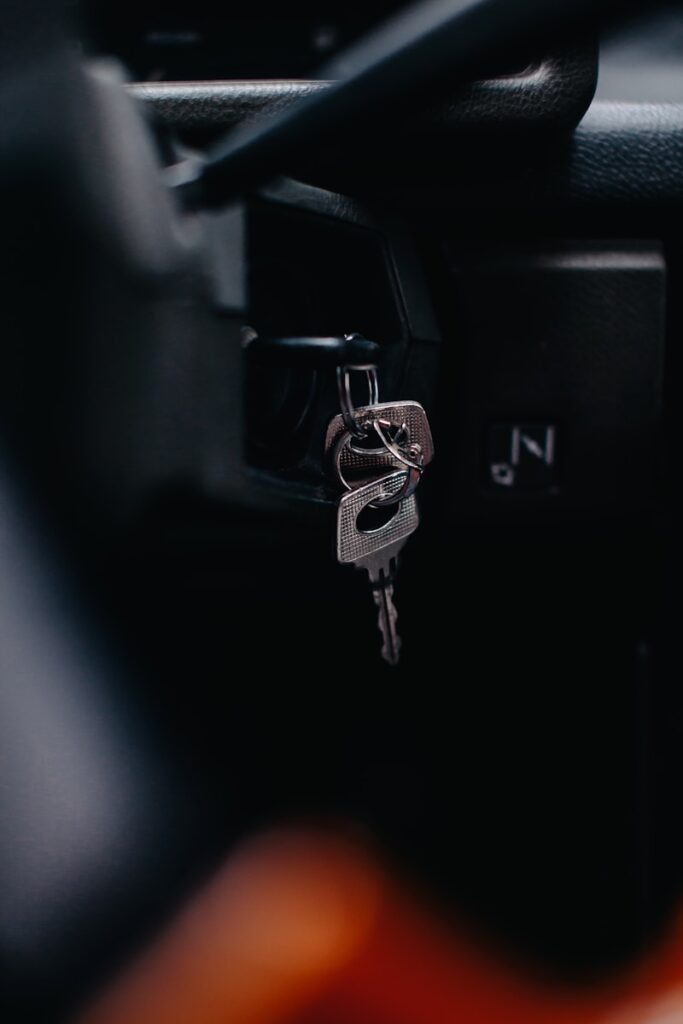
10. **Signs That Indicate Your Key Fob Needs Replacement**Despite diligent maintenance, car key fobs aren’t immortal and will eventually wear out. Recognizing the signs of a dying fob—beyond just a low battery or programming glitch—is crucial to avoid unexpected lockouts and maintain vehicle access. Ignoring these warnings can quickly lead to being stranded.
A common indicator is a delayed or inconsistent button response. If you repeatedly press unlock with no immediate reaction, or if it takes several attempts to use a function, your fob is signaling its demise. Similarly, needing to press buttons multiple times, or if only certain functions work, suggests deteriorating internal circuitry.
A significant reduction in signal range is another red flag. If you now need to be almost touching the car to unlock it, the internal transmitter is likely failing, indicating a deeper electronic issue beyond just the battery. Physical damage like cracks, worn buttons, or water exposure also compromises functionality, often requiring replacement.
Many modern vehicles provide dashboard warnings like “Key Fob Battery Low” (even with a new battery) or “No Key Detected.” If these alerts persist despite basic troubleshooting like battery changes or reprogramming attempts, it strongly indicates the fob itself is failing. A spare key fob or duplicate car keys are smart contingencies for when these inevitable signs appear, preventing you from being stranded.
Read more about: Key Fob Lifeline: Your Ultimate Guide to Battery Life, Warning Signs, and Troubleshooting

11. **Seeking Professional Help for Key Fob Issues**Even with diligent maintenance and troubleshooting, some key fob issues will exceed DIY capabilities. When persistent problems arise—after battery changes, reprogramming attempts, or visible damage—professional assistance is the most reliable and cost-effective solution. Locksmiths and automotive specialists have the knowledge, tools, and experience to diagnose and resolve complex malfunctions.
Experts can swiftly identify the root cause, whether internal circuit damage, programming errors, or intricate vehicle system problems. Auto locksmiths specialize in key fob technology, offering precision repairs and full replacements. They use advanced diagnostic equipment to pinpoint faults, ensuring precise and effective solutions.
Beyond simple replacements, professionals handle complex issues. If fob communication problems stem from a faulty Body Control Module (BCM) or Powertrain Control Module (PCM), specialized BCM/PCM cloning and programming services might be needed. Additionally, for physically damaged fobs or broken key blades, professional extraction services safely remove components without further vehicle harm.
Attempting intricate DIY repairs often causes further damage and increases costs. A reputable locksmith ensures new fobs are high-quality, correctly programmed, and seamlessly integrated with your vehicle’s security. Choosing expert help guarantees optimal fob function, peace of mind, and reliable car access. Don’t hesitate to reach out to a trusted professional; it’s an investment in your vehicle’s security and convenience.
Read more about: Unlock Top-Tier Healthcare: Your Actionable Guide to Finding the Right Doctor or Specialist in Under a Week
In the grand tapestry of automotive ownership, the digital key fob stands as a testament to modern convenience, yet its reliability is truly woven by the threads of diligent care and informed action. By embracing these expert tips—from understanding its vital role and mastering battery replacements to safeguarding against environmental hazards, adopting protective accessories, and knowing when to call in the professionals—you’re not just maintaining a device; you’re preserving seamless access to your vehicle and protecting your peace of mind on every journey. Keep these simple secrets in mind, and your key fob will remain a trusty companion for countless miles to come.

